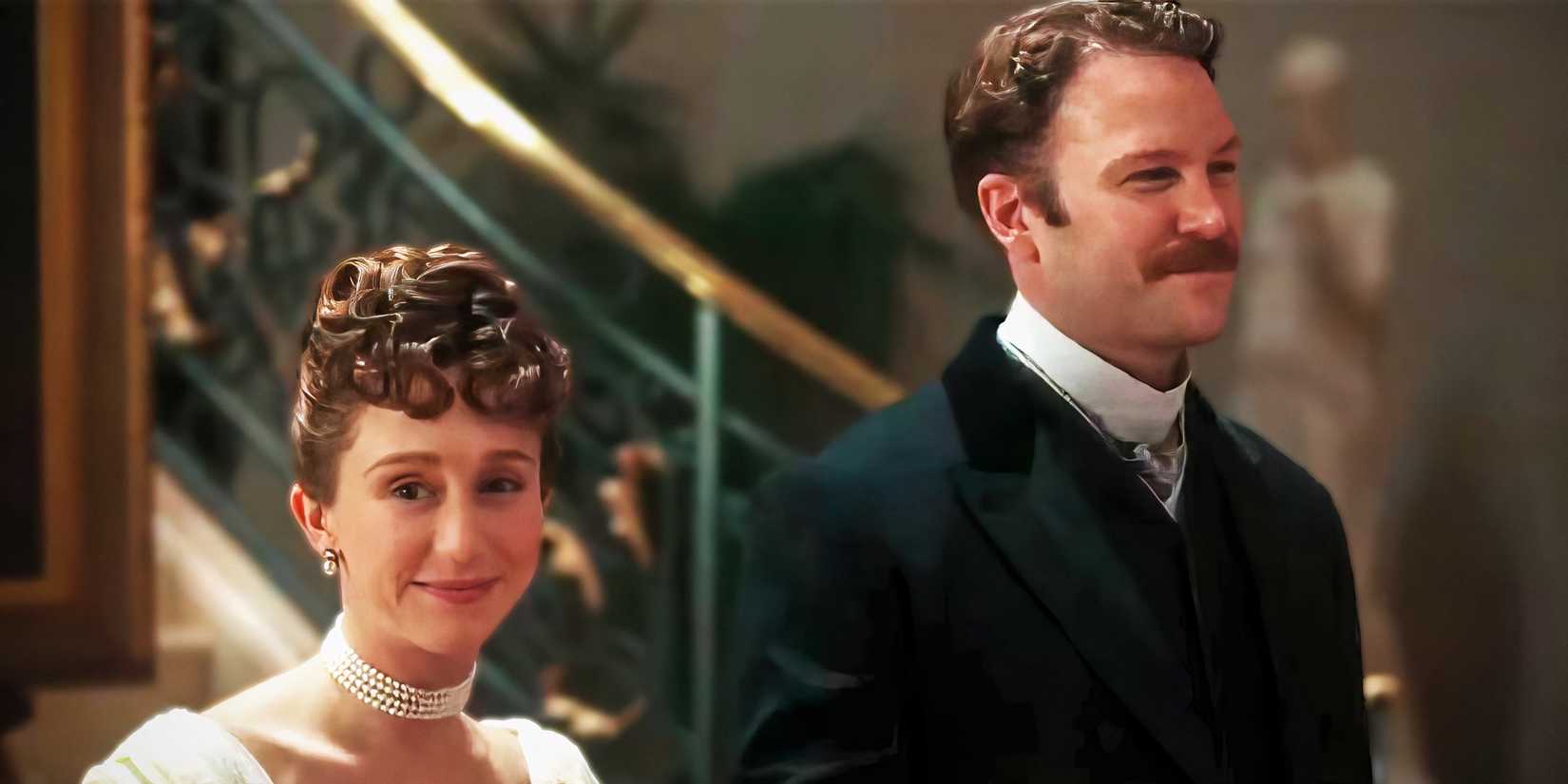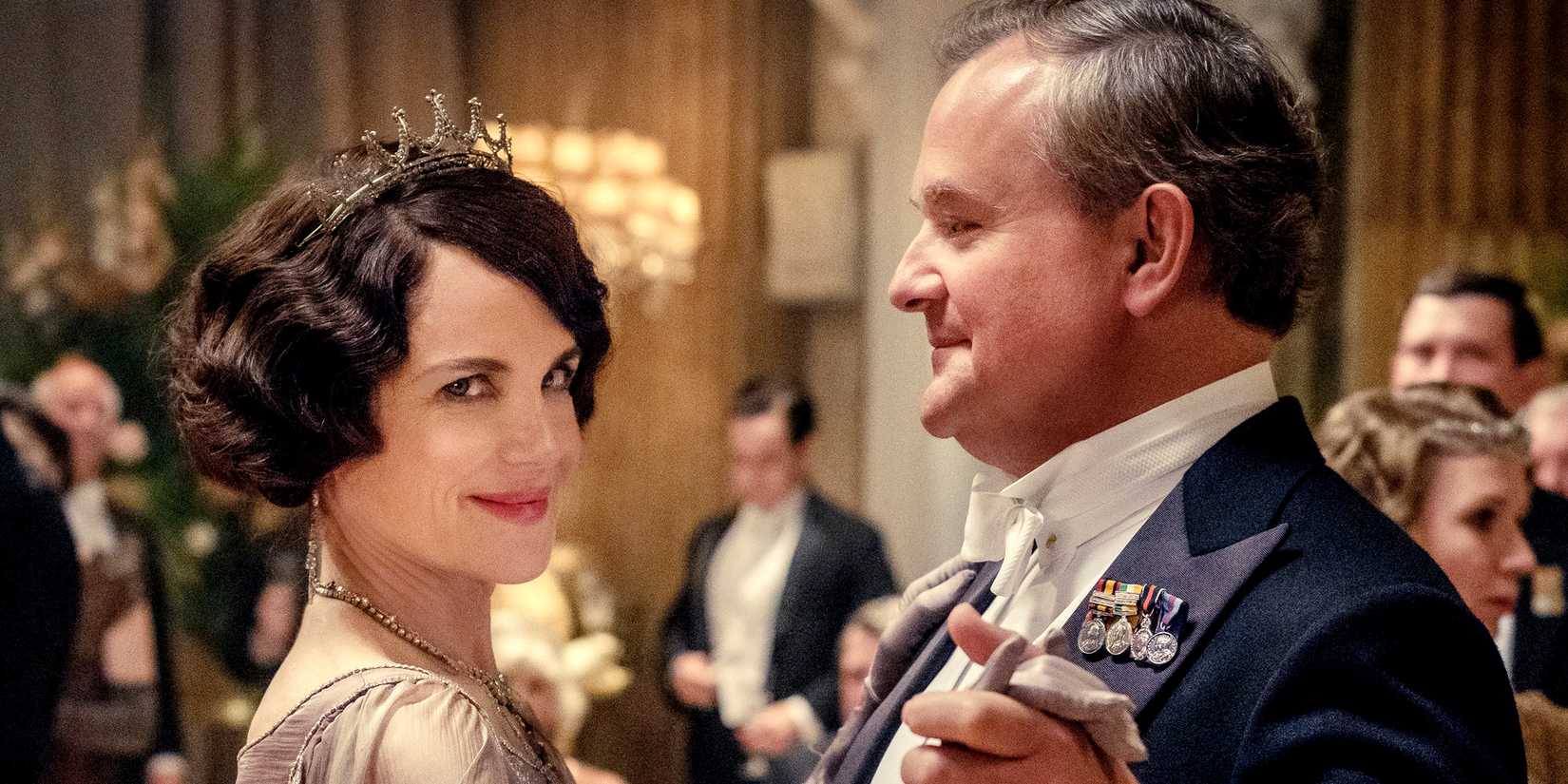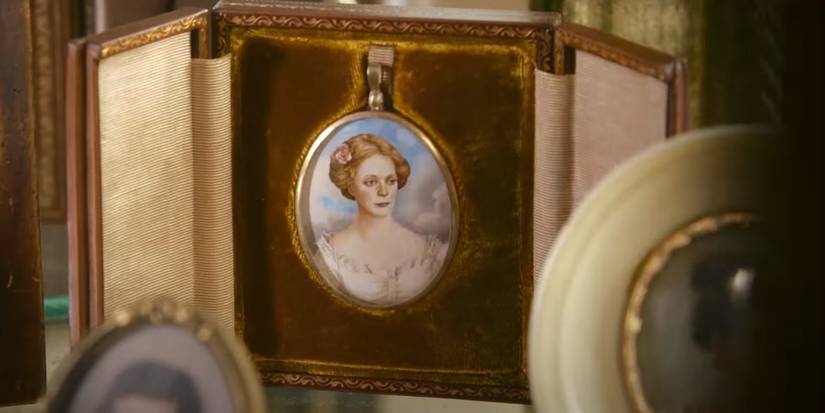The Gilded Age Season 3 has emerged as the most-watched and arguably the strongest season yet of Julian Fellowes’ acclaimed HBO period drama. However, fans—including myself—were left disappointed by the absence of a crossover with Downton Abbey.
Originally conceived as HBO’s answer to Downton Abbey, The Gilded Age has struck gold, particularly with Season 3’s finale, which set new ratings records. Among the season’s multiple storylines, Bertha Russell (Carrie Coon) orchestrated her daughter Gladys’ (Taissa Farmiga) marriage to Hector, Duke of Buckingham (Ben Lamb). Bertha bulldozed past objections, securing Gladys’ consent and ultimately cementing her status as Duchess of Buckingham. Meanwhile, George Russell (Morgan Spector) departed his wife, angered at being coerced into “selling” their daughter for social gain.
Despite hopes for a Downton Abbey crossover, Fellowes cited historical and narrative reasons for avoiding one. With Downton Abbey beginning in 1912—roughly 30 years after The Gilded Age’s events—the series needed to establish its own identity. Nonetheless, Season 3 laid groundwork for potential connections in the future.
Why the Crossover Felt Within Reach—and Fell Short

Fellowes briefly mentioned a possible crossover at the start of Season 3, though he never promised one. Fans speculated wildly, particularly as Gladys’ move to England seemed a clear invitation for interaction with the Crawleys. Yet, none of the guests at Sidmouth Castle were named Crawley or Grantham—a letdown for those anticipating a meeting between the two worlds.
Gladys’ storyline, centered on an American heiress marrying into British nobility for financial rescue, mirrors Cora Levinson’s marriage to Robert Crawley in Downton Abbey. Both women navigate love, money, and societal expectations in the 1880s, positioning them as thematic peers. Still, The Gilded Age chose not to capitalize on this connection.
A Future Crossover? Season 4 Holds Promise

Hope is far from lost. Season 3 has established the infrastructure for a potential crossover in Season 4. Younger generations of Crawleys could plausibly interact with the Russells or the Buckinghams, either through a visit to Sidmouth Castle or an appearance at Downton Abbey itself. Fellowes could also leverage characters only mentioned in either universe but never seen—like Martha and Harold Levinson in The Gilded Age, who could appear alongside the Crawleys.
Who Could Appear From Downton Abbey?

Lady Violet Crawley, Countess of Grantham during the late 19th century, would be three decades younger than the Dowager Countess portrayed by Maggie Smith. Her husband Patrick Crawley, Robert Crawley, Lady Rosamund, and even Charles Carson could all theoretically exist in this timeline. Similarly, younger versions of Cora, Martha, and Harold Levinson align chronologically with The Gilded Age. The Crawley daughters—Mary, Edith, and Sybil—were not yet born, providing a clean slate for narrative experimentation.
Fellowes may have avoided the crossover to prevent conflicts between younger depictions of Downton characters and the established narrative of the Downton Abbey films. Additionally, with Downton Abbey: The Grand Finale soon premiering, he may have sought to protect the franchise’s integrity.
The Best of Both Worlds
If The Grand Finale indeed marks the end of the Crawleys’ story for that generation, nothing stands in the way of introducing their younger counterparts into The Gilded Age Season 4. Such a move could rejuvenate iconic Downton characters, maintain the Abbey’s cultural relevance, and enrich The Gilded Age, giving fans the long-awaited crossover without undermining either series.



